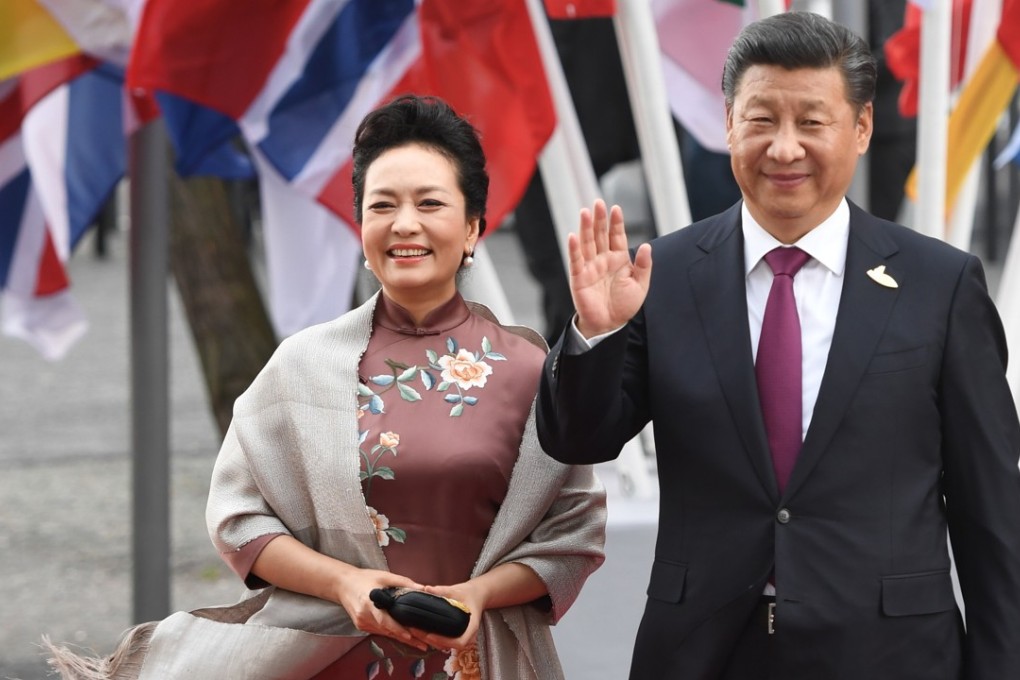On Reflection | What Beijing’s ring roads say about China’s foreign policy
China’s view of its relationships with other countries is analogous to Beijing’s famed ring roads – so who is in the inner circle and who is at the periphery?

Visitors to China’s capital, Beijing, will notice it has a series of ring roads circling out from the centre, around the Forbidden Palace and Tiananmen Square. The first ring road vanished long ago. The second follows the old contours of the ancient city walls felled by Mao Zedong (毛澤東) during the early years of his drive to impose Soviet inspired modernity. The third, fourth and fifth gravitate out until, deep into the suburbs, the relative peace of the sixth ring road offers at least some space for the uber-rich to take their Ferraris out for a run.
In a strange way, these ring roads offer an analogy to the Chinese view of the outside world. There are the important routes, and the remote ones – the relationships that matter, and those that are more peripheral. They all serve as part of one whole though, and if even one of them were to be taken away, the city would descend into chaos.

Today’s China is a global power. This means something more profound than that it is a huge country, with a large population that has an international imprint. In ways which were simply not true in the period under Mao to 1976, the management of even the most domestic of the country’s issues reverberates into the wider world. China’s natural environment problems, through scale, are global ones. China’s attempts to create a health service to deal with its ageing population, through failure or success, matter to the world because they impact on the stability of a country that the world is now more reliant on than ever for growth. Were China’s politicians to mismanage the country, prompting it to go the same way as the Soviet Union, splitting up and fragmenting, it would hit Asia and the rest of the world like a sledgehammer.
Imagine what China and India can do together
It can be assumed that during China’s imperial histories, the ruling elite over various shifting dynasties had a Sino-centric world view. People talk often about the meaning of the characters that make up China’s name – “middle kingdom” – and take this as betraying a way of viewing the world as orderly, arranged, with Chinese principles, interests and ideas set at its heart. Chinese views of order and how the world is mapped out have mattered little for most of modern history. It was, until recently, a marginal power. But now the world is faced – for the first time since the industrial revolution – by a China that is not weak and is becoming stronger. Suddenly, understanding its views of the world matters.

